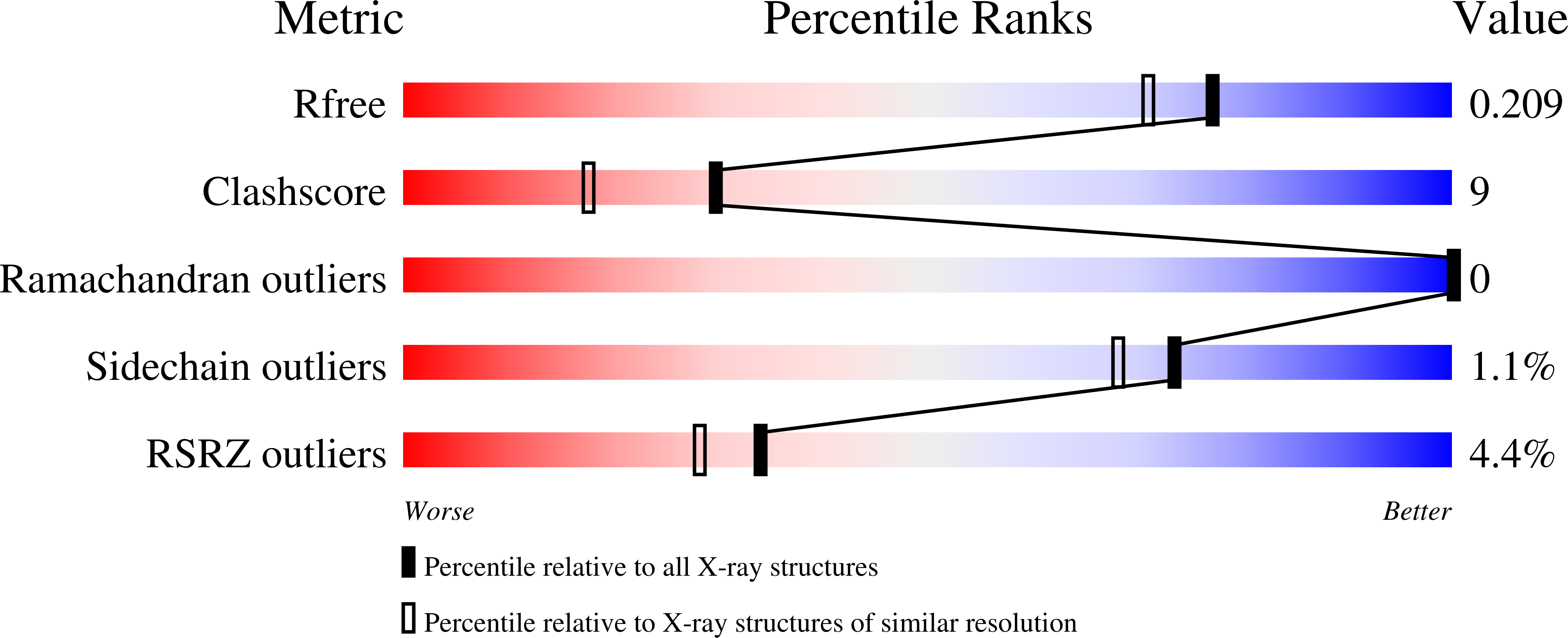
Deposition Date
2022-07-12
Release Date
2022-09-28
Last Version Date
2024-01-31
Entry Detail
PDB ID:
8AE4
Keywords:
Title:
Crystal structure of human legumain in complex with Clitocypin 2
Biological Source:
Source Organism:
Homo sapiens (Taxon ID: 9606)
Clitocybe nebularis (Taxon ID: 117024)
Clitocybe nebularis (Taxon ID: 117024)
Host Organism:
Method Details:
Experimental Method:
Resolution:
1.79 Å
R-Value Free:
0.20
R-Value Work:
0.19
R-Value Observed:
0.19
Space Group:
P 1 21 1


